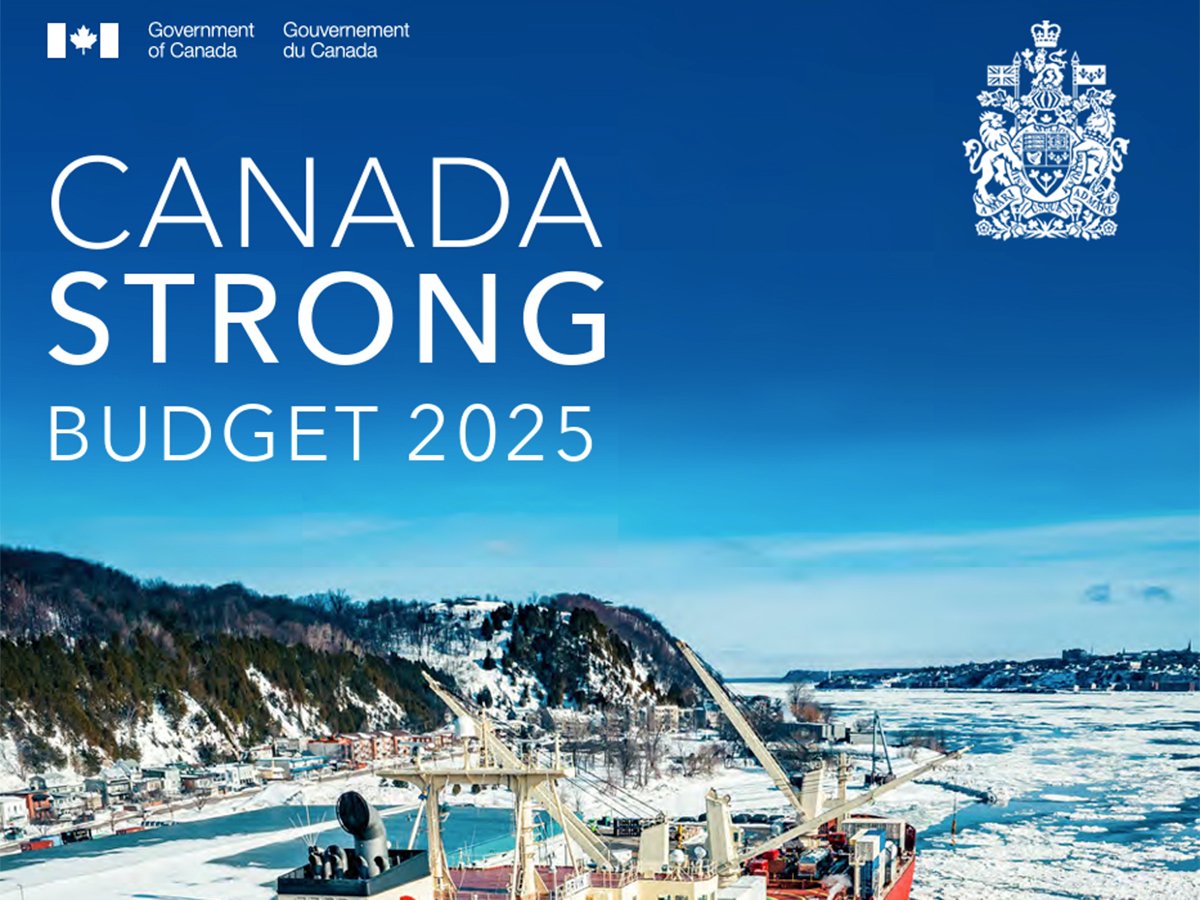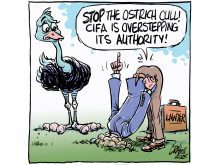Shannacappo is grand chief of the southern chiefs organization of Manitoba.
Many First Nations are the most democratic places in Canada, maybe even the world. And that, strange as it may sound, is a problem.
With elections being every two years, it becomes hard for band councils to plan for the long-term. It is as if political campaigns never end.
In contrast, when a Manitoba mayor is elected to a four-year term, a municipal council can confidently establish a four-year plan. The defeated candidates drop out of the picture at least until the final few months before the next election.
Read Also

Budget seen as fairly solid, but worrying cracks appear
The reaction from the agriculture industry to prime minister Mark Carney’s first budget handed down November 4th has been largely positive.
The time frame is very different for First Nations on a two-year cycle. If the successful candidate for chief is new to the position, he or she spends several months getting familiar with what is involved. Then, several weeks before the next election, it is campaign time again.
With elections so frequent, the candidates who almost win never seem to go away, but instead keep campaigning in the background. This adds to the pressure cooker for chiefs and councillors.
This isn’t the situation for all First Nations, but it is for many. Some have elections every three or four years according to a custom code; some even had traditional systems with hereditary chiefs.
This diversity is largely the legacy of the Indian Act with its variety of standards, double standards and complicated opting out provisions. Even within First Nations that have two-year terms, the political situation isn’t uniform. Some chiefs are re-elected 10 or 12 times, creating stability. Other First Nations change chiefs almost every election.
I provided the comparison to municipal governments because several years ago Manitoba increased terms from three years to four. First Nations and municipalities are very different. The federal government is a better legal equivalent.
Municipalities have clear functions and limited autonomy. They are the children of the province. Rules and funding policies change little from one year to next. They are not really governments, but rather structures that make administrative choices.
Prairie First Nations trace their history to treaties where they were recognized as sovereign. Present situations are a jumble of clear responsibilities and contested jurisdictions.
Added to this is a network of mangled and ever-changing government programs related to health, education and economic development. All of these apply in different ways to on-reserve citizens and First Nation members living in towns and cities. Beyond that there is an international aspect to treaty understanding.
There are more than 600 First Nations in Canada with legal jurisdiction, but most lack the financial clout to successfully take Canada to court.
Umbrella organizations, like the Southern Chiefs’ Organization and Assembly of First Nations, don’t have this legal standing. We can advise and represent, but the responsibility for making choices rests with First Nations.
l would like readers to understand the demands placed on chiefs and councils and the need for terms longer than two years.














